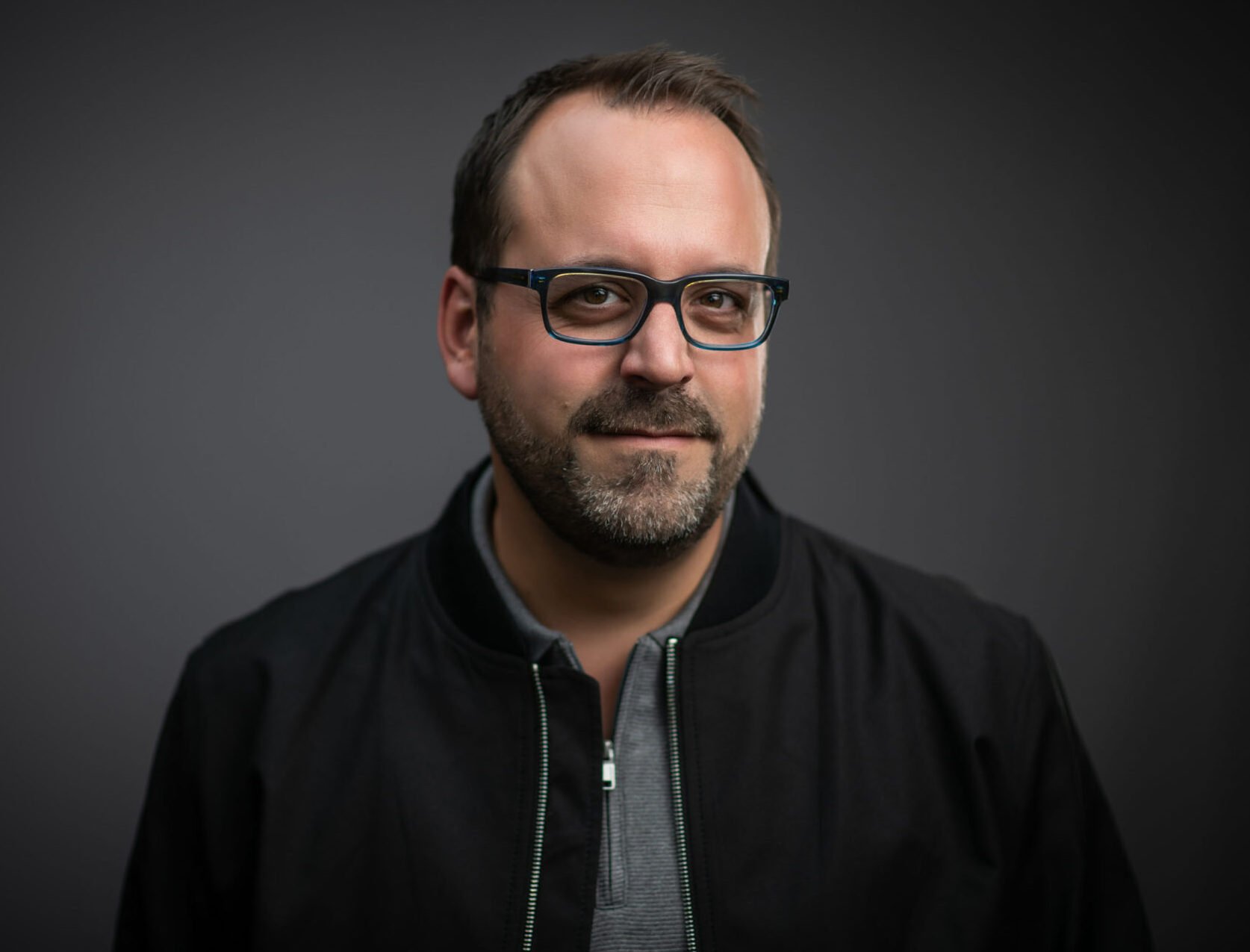A Rebrand: More Than a Journey and More Than a Logo
To refer to a rebrand as a journey is an understatement. It’s a journey, a revolution, a war, a wedding, a funeral, a post-secondary degree, a grand jury trial and a block party all wrapped into one. It’s the most exhausting, frustrating, cumbersome and rewarding experience one could imagine. So… Why do you rebrand? And how do you rebrand?
Why do you rebrand?
For us, the ‘Why’ was driven by two key factors. Stability and Identity.
Stability
To begin with, our ‘rebrand’ went far deeper than a new color palette. We were seeking foundational change that would impact every level of our company. After the pandemic turned the world and our industry upside down, we began to realize that ‘recovery’ for a small agency like ours was going to take more than just time. We were suddenly faced with wildly unpredictable peaks and valleys in projects and revenue. For our company to survive and grow, we needed to focus on the roots of our business first.
Identity
The other key to the ‘Why’ behind our rebrand, was ‘identity.’ We knew that in order to survive and thrive in this new age, our brand needed a distinctive identity. The ‘anything and everything’ for ‘anyone and everyone’ mentality and message was not going to lead to survival, let alone, growth. We needed to BOLDLY redefine ourselves.
How do you rebrand?
Here is our abbreviated playbook.
Brand Foundation
Brand Positioning
Brand Story
Visual Identity
Brand Foundation
Before we even got to the ‘brand’ portion of the rebrand, we spent months restructuring the operations side of our business. We restructured our team, developed a lean system for marketing and sales and introduced new softwares to streamline our processes.
Keith Hadley - The Table Group
Concurrently, we rewrote our mission, vision and values. Working with our friend, Keith Hadley and The Table Group, we gained a new perspective on the power of a clear mission statement and how it can inspire each of us to do what we do. And what decisive values can do to motivate performance, attract the right people and guide decisions. This is an entire story of its own, but suffice it to say, this was the revolutionary part of the journey and we now have a very sincere appreciation for mission, vision and values. But our big takeaway is this: a thoughtful mission and relatable values can actually have a very practical and sizable impact on day to day operations, decision making and motivation.
Joel Pilger - RevThink
Brand Positioning
With industries and companies shifting their operations and marketing strategies, our agency began to blend with our competition as we were all swept into a wave of expendability. We partnered with Joel Pilger at RevThink and working within his framework we set out to narrow our positioning as much as possible. To achieve this, we did not start by asking the question ‘who do we want to be’? There are just too many directions to make a decision like that. So instead, we asked ourselves questions like: ‘what are we good at?’ and ‘who do we like working with?’ By looking closely at the work we have done that has been effective for our clients, we were able to narrow in on the type of work we do really well.
A key revelation we had along the way: ‘culture fit’ is just as important for clients as it is for employees. When you identify who you work well with, you can establish an audience that will most likely be attracted to your distinct voice and message. This audience most likely leads to sustainable long term client relationships and successful projects. By making a list of the people we love to work with, we were able to identify a target audience that aligns with our culture. And this helped us to define our brand voice and our brand story.
Brand Story
Story is what we do, so we wanted our new brand to tell a story. To define and develop a brand voice and a brand story, we picked up the book "Building a Story Brand" by Donald Miller. The book provides a step by step framework to define your audience, your voice and a unique story that will resonate with your audience. The key revelation here was simple: our brand story is not about ‘us’ it’s about our audience. The hero of our story is not ‘us’, the hero of our brand story is our client, their mission, their client and our people, their passions and where all of this coincides. This approach helped us clearly define our audience, understand their goals, and determine how we can be a relevant voice that acknowledges and supports their efforts.
Sydney Michuda - Super Creative
Visual Identity
Only after all of the aforementioned heavy lifting did we even begin the conversation of a logo and a color palette and all that stuff. What we found is that having done all of that heavy lifting, we were able to clearly communicate to our designer who we are, who our clients are and the story we are aiming to tell. The results were amazing. The first draft of artwork that came back from the designer was all but approved, from the font, to the logo and the color palette. We definitely made some tweaks, but we nearly hit the bullseye. It helped that our designer was amazing - shout out to Sydney Michuda at Super Creative :) Because of this huge leap forward, we were able to expand our brand book to include a library of icons, expression marks and a variety of additional assets. All of this to go along with our new website; the centerpiece, holy grail and ‘finish line’ of our epic rebrand journey. p3mediaworks.com
In the end, the exhaustion and frustration has led to a new appreciation for the rebrand process and patience in general. Most importantly, we know who we are. We know who our audience is. We know the work we want to do and we know who we want to work with. And we have a clear idea to tell the world:
We believe purpose-driven people within influential organizations are defining our world’s future. By telling their stories, so can we.
To learn more about p3’s Why, check out our Brand Story Video:







